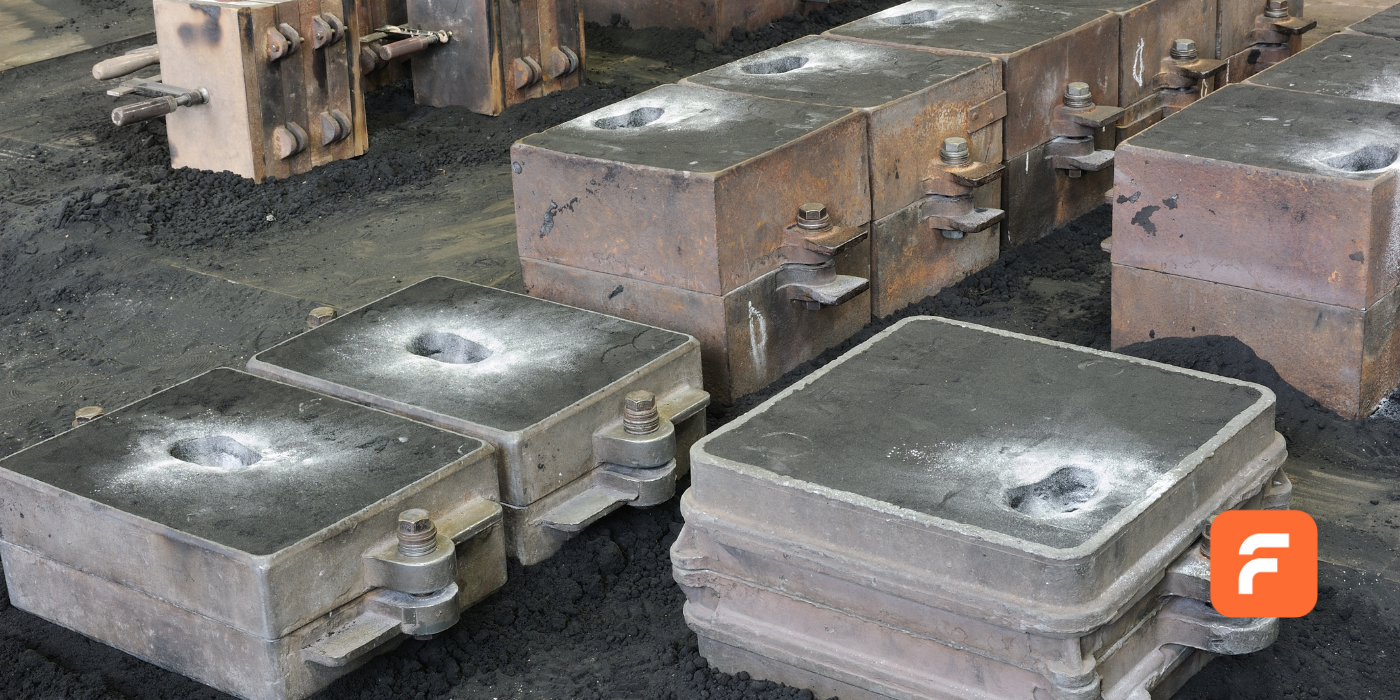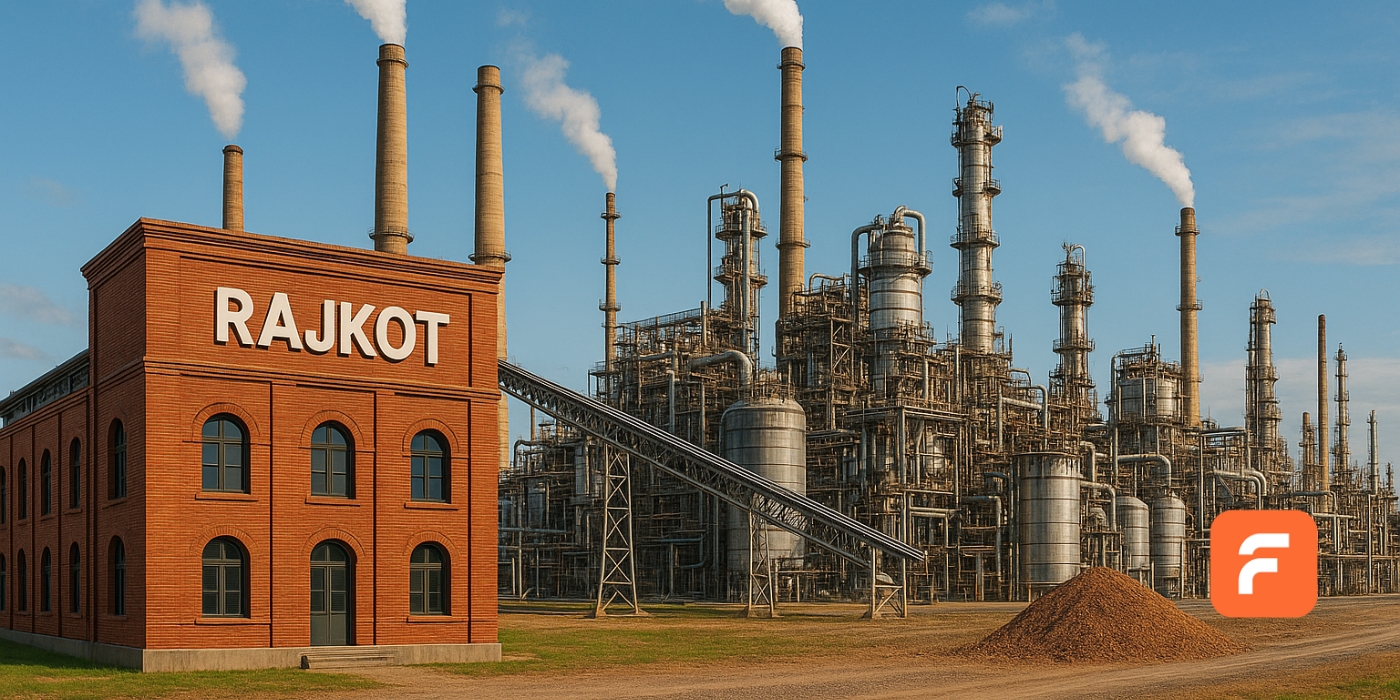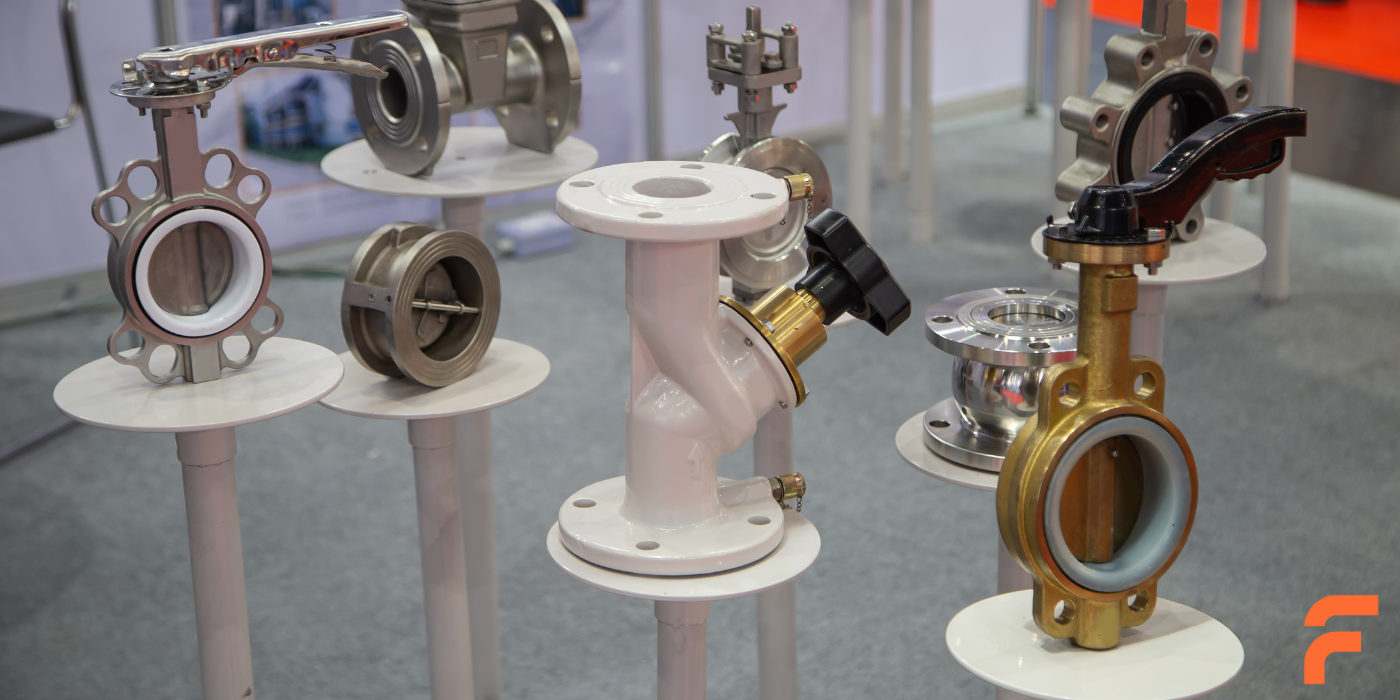As industries across the globe prioritize sustainability, sand casting companies are stepping up to reduce their environmental footprint. Once known for being energy- and resource-intensive, the foundry sector is now adopting greener practices that align with stricter environmental regulations and growing customer expectations.
Here’s how leading sand casting manufacturers are making sustainability part of their core operations in 2025.
1. Sand reclamation and reuse
In traditional foundries, sand used for molds was often discarded after a single use, contributing to massive industrial waste. Today, that’s changing.
Modern sand casting facilities now use advanced sand reclamation systems that:
- Clean and recycle used sand for repeated cycles
- Remove binders and impurities through thermal or mechanical processes
- Lower the volume of fresh sand required
By reclaiming up to 95% of foundry sand, companies reduce waste sent to landfills and cut costs associated with raw materials.
2. Energy-efficient melting and pouring
Melting furnaces are among the highest energy consumers in a foundry. To reduce their impact, companies are upgrading to:
- Induction furnaces with energy-optimized coils
- Automated pouring systems to reduce overheating and metal loss
- Real-time energy monitoring platforms to identify inefficiencies
Some foundries also integrate heat recovery systems, which capture excess thermal energy and reuse it for preheating charge materials or building heating.
3. Low-emission binders and additives
Foundries are moving away from traditional resin binders that emit volatile organic compounds (VOCs) during casting. In their place, they’re adopting:
- Low-VOC or VOC-free binders
- Inorganic binders that are safer for workers and the environment
- Biodegradable additives that improve sand recyclability
These advancements result in cleaner air quality within facilities and surrounding areas.
4. Water conservation and recycling
Sand casting uses water for cooling, sand conditioning, and dust suppression. To manage this critical resource, companies now:
- Install closed-loop water systems that reuse process water
- Employ evaporative cooling and filtration units
- Monitor and minimize water usage per casting unit
Water-saving practices not only reduce costs but help meet stricter environmental compliance regulations.
5. Waste reduction and circular economy practices
Forward-thinking sand casting companies are implementing zero-waste-to-landfill initiatives. These include:
- Segregating and recycling metal scrap
- Reusing or selling spent sand to construction or cement industries
- Turning slag and dust into byproducts for road construction or abrasive materials
By participating in the circular economy, foundries turn waste streams into revenue streams.
6. Digital monitoring and process control
Smart foundries are leveraging Industry 4.0 technologies to minimize environmental impact through:
- Digital twin simulations to reduce trial casting waste
- Real-time emissions tracking
- Automated process control to optimize raw material usage
With data-driven insights, manufacturers can make faster, smarter decisions that reduce environmental load while maintaining product quality.
7. Eco-friendly packaging and logistics
The green approach extends beyond the shop floor. Sand casting suppliers are:
- Using recyclable or reusable packaging
- Consolidating shipments to lower emissions
- Partnering with eco-certified logistics providers
These practices reduce the overall carbon footprint of casting production from sourcing to delivery.
Conclusion
Sustainability is no longer optional — it’s a competitive necessity. Sand casting companies that invest in green technologies, closed-loop systems, and waste reduction are future-proofing their operations and strengthening their market position. Whether you’re sourcing components or managing a foundry, embracing sustainable sand casting practices delivers benefits for your business, your community, and the planet.





